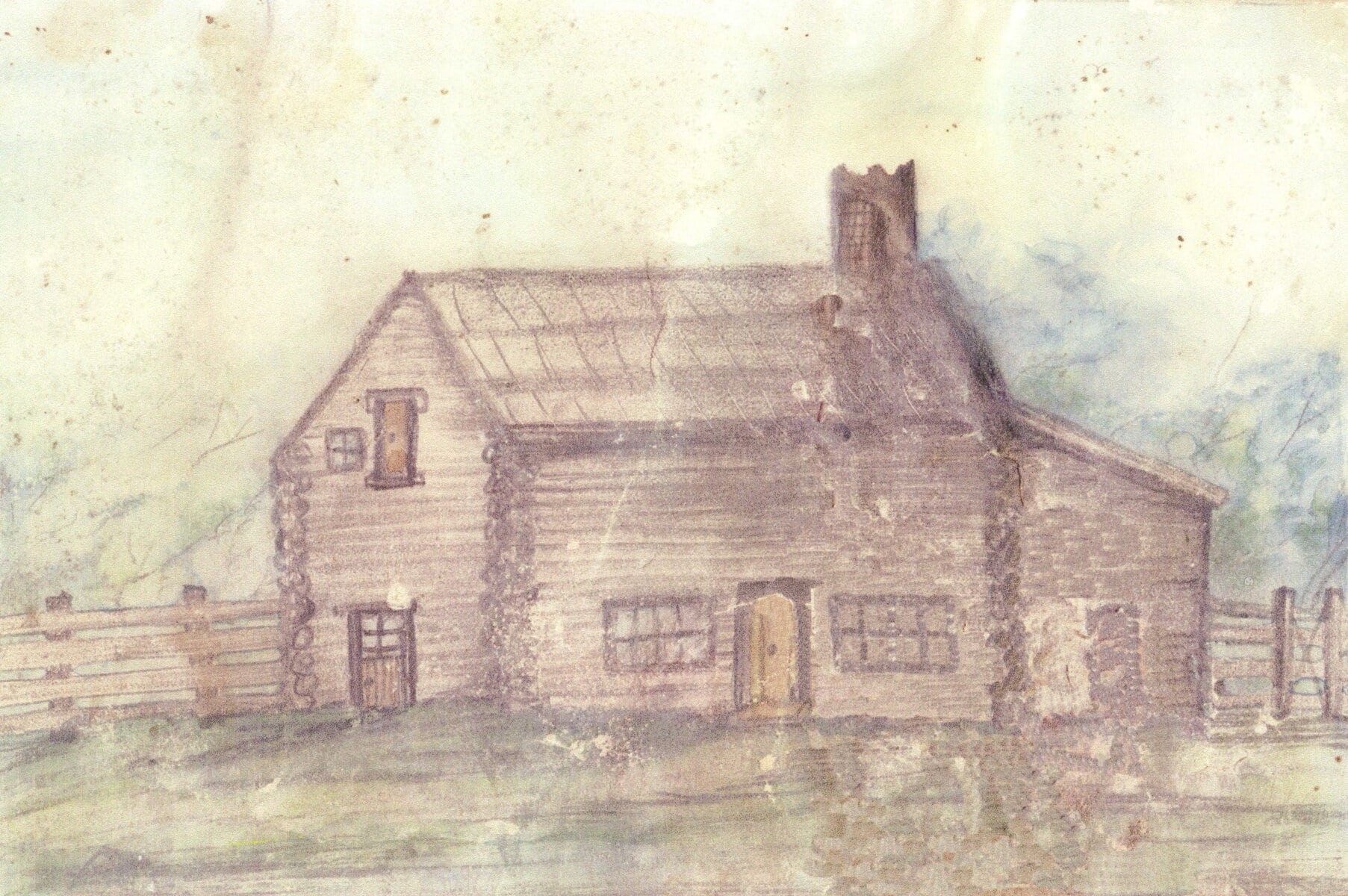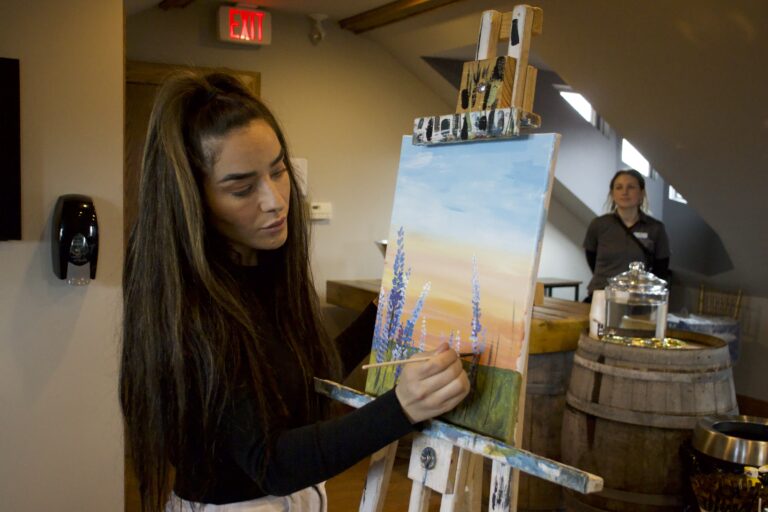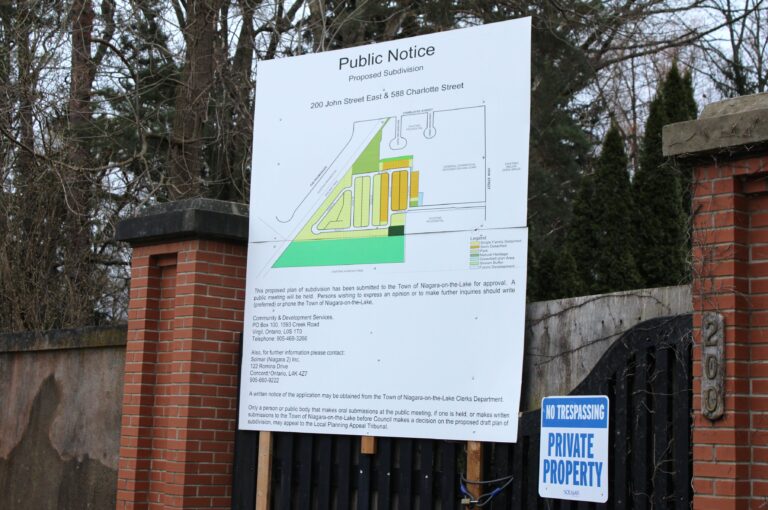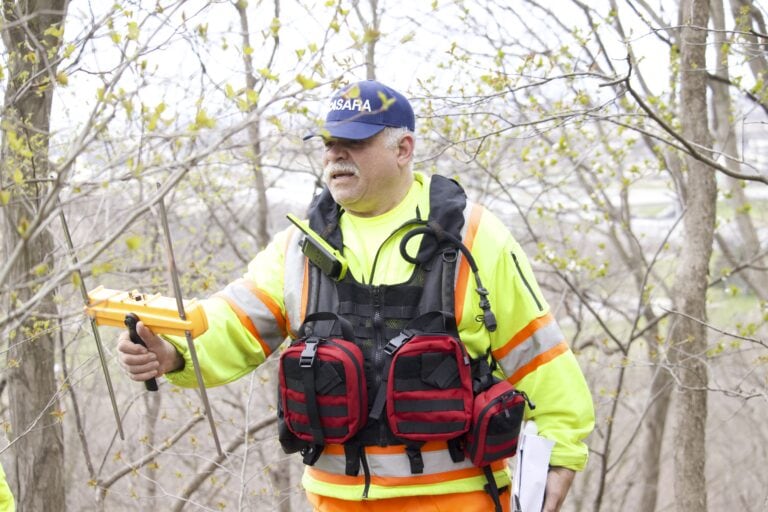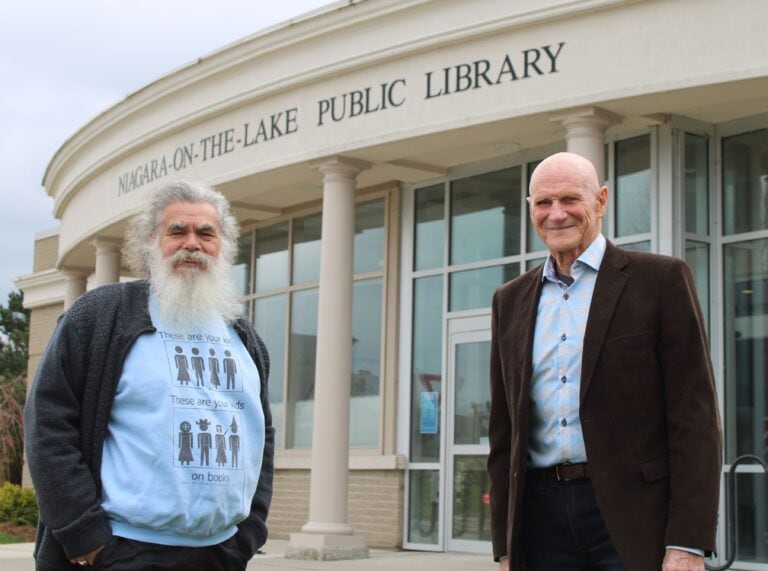Aug. 1 marked Emancipation Day in Canada, the day on which the 1833 Slavery Abolition Act came into effect. This year it coincided with Simcoe Day in Ontario, a day named in honour of Sir John Graves Simcoe, who was the first lieutenant-governor of Upper Canada. It is quite fitting as Simcoe proposed the first bill in the British Colonies to restrict the slave trade and initiate the abolition of slavery. It all happened here in Niagara-on-the-Lake, formerly the capital of Ontario, in 1793 with the Act to Limit Slavery.
In honour of our local Black history, we feature the sketch of the log house of William Riley, who was enslaved in Virginia before purchasing property at the corner of Mary and Victoria streets. It is the only surviving image of an early home built by a former slave in what was previously referred to as the “coloured village,” roughly the area bounded by King, William, Ann and Butler streets. The sketch was donated to the museum by Mary Ann Guillen, Mr. Riley’s daughter, who was a major source of information about the town’s 19th-century Black community. The drawing was done shortly before the building was pulled down in the 1880s.
Mr. Riley built the house in 1819, a year after his marriage at Lake Lodge to Rev. Addison’s German servant Fanny. By 1851, eight family members lived in the house. Mrs. Guillen’s lively and informative recollections about the Riley family and the larger Black community can be found in Niagara Historical Society Pamphlet #2.



